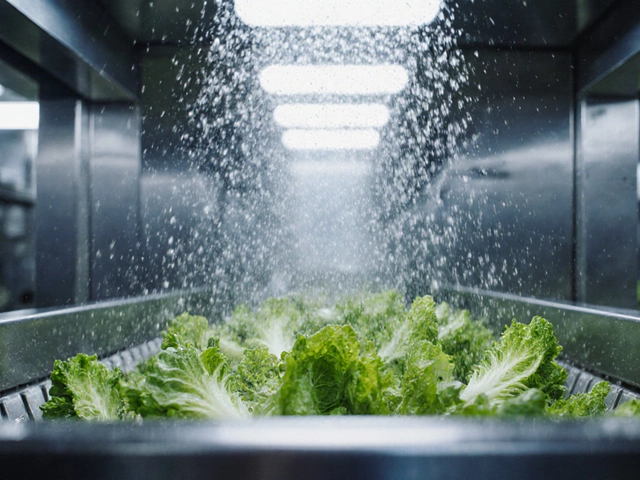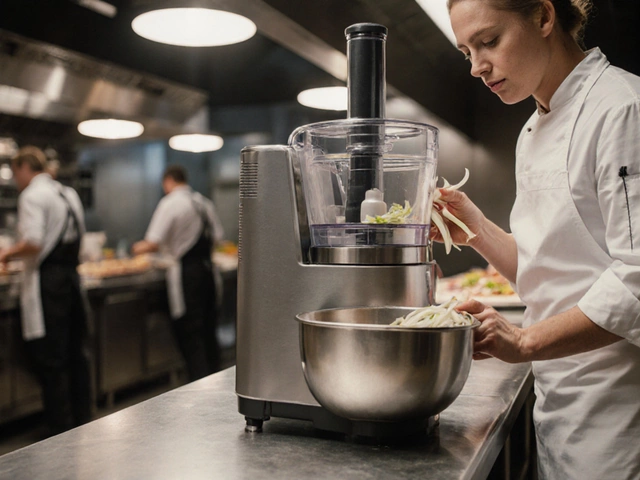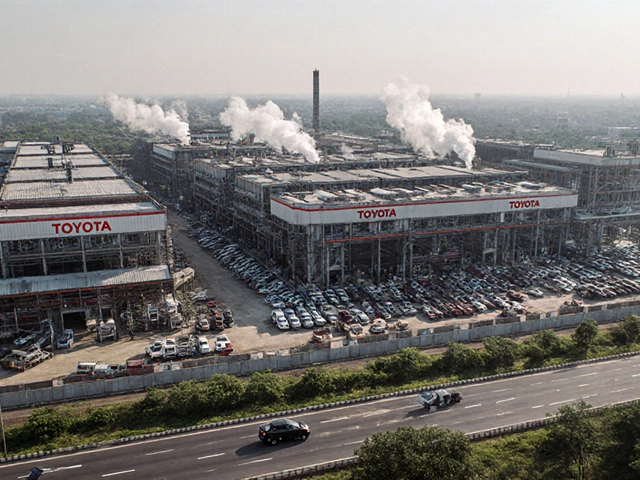Processed Foods: How They’re Made and What to Look for
If you open any pantry, you’ll see rows of processed foods – from canned beans to ready‑to‑eat snacks. Ever wonder what happens between the farm and that shelf? Knowing the basics helps you pick smarter options and understand the industry that keeps our plates full.
From Raw to Shelf: The Processing Journey
First, raw ingredients arrive at a food processing unit. Think of a factory floor with conveyors, wash stations, and slicers. The raw material is cleaned, sorted, and often cut into smaller pieces. This step removes dirt and makes it easier for the next machines to work.
Next comes the core processing method – it could be heating, freezing, drying, or fermenting. For a tomato sauce, the tomatoes are boiled, pureed, and then cooked with spices. For breakfast cereal, grains are steamed, rolled, and toasted. Each method changes the texture, flavor, and shelf life.
After the main transformation, the product is packaged. Packaging machines fill cans, bags, or cartons at high speed. Modern lines seal, label, and even add a QR code for traceability. The whole line runs continuously, so a single batch can produce thousands of units in a few hours.
Safety checks are built into every stage. Sensors monitor temperature, humidity, and metal contaminants. Quality teams take random samples for lab testing. Regulations in India require food manufacturers to follow the Food Safety and Standards Authority (FSSAI) guidelines, which cover everything from raw material sourcing to final packaging.
Choosing Smarter Processed Foods
Now that you know the steps, how do you pick the better options? Start with the ingredient list. Fewer words usually mean less processing. Look for recognizable items – water, vegetables, whole grains – rather than long strings of chemicals.
Check the nutrition label. Processed foods can be high in salt, sugar, or unhealthy fats. If the “% Daily Value” for sodium or added sugars is high, you might want to limit that item.
Consider the brand’s reputation. Companies that invest in modern equipment and follow strict safety standards tend to produce more consistent products. Many Indian manufacturers now use automated lines that reduce human error and keep contamination low.
Finally, think about portion size. Even a healthy snack can add up if you eat the whole pack. Measure out a serving and stick to it – that’s a simple way to keep your diet in balance.
Processed foods are here to stay, and the industry keeps evolving with new tech and stricter safety rules. By understanding how these foods are made and what to look for on the label, you can enjoy the convenience without compromising your health.
What is the #1 Unhealthiest Food? Exploring the Worst Offenders for Your Health
Discover what experts call the unhealthiest food, why it's so bad for you, and simple hacks to avoid it. Get the facts, real-life examples, and actionable tips for better eating.
Read More




